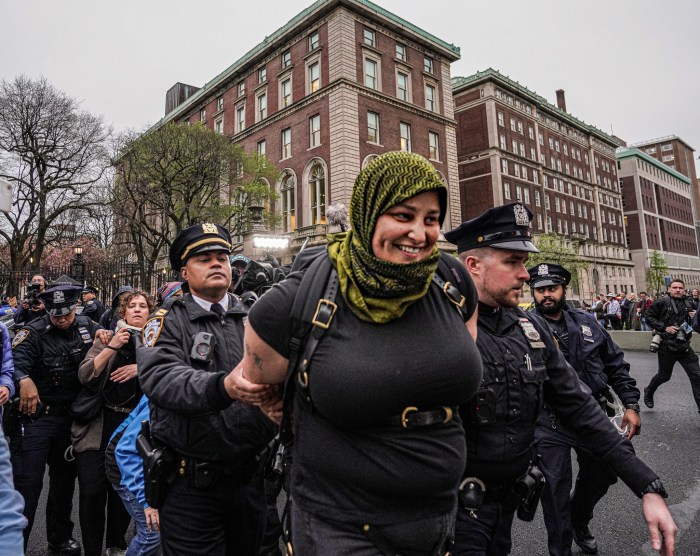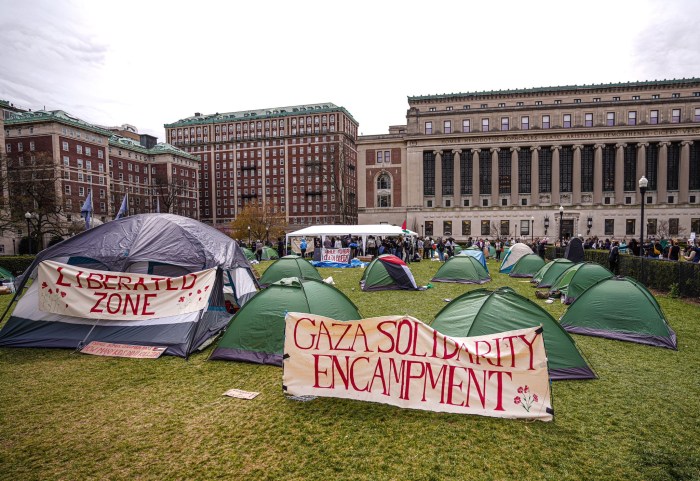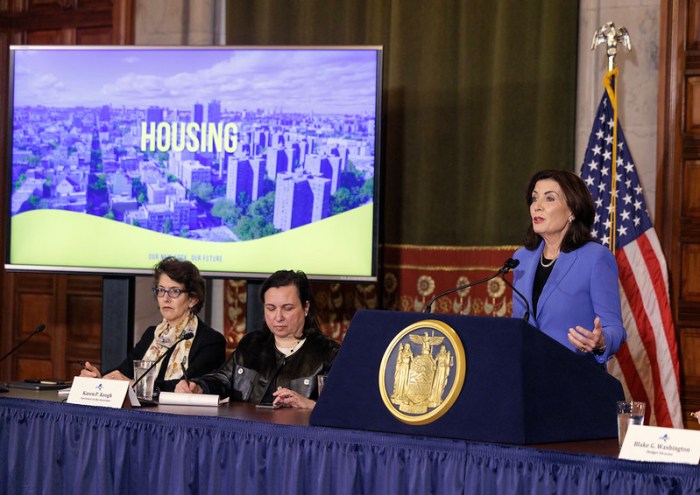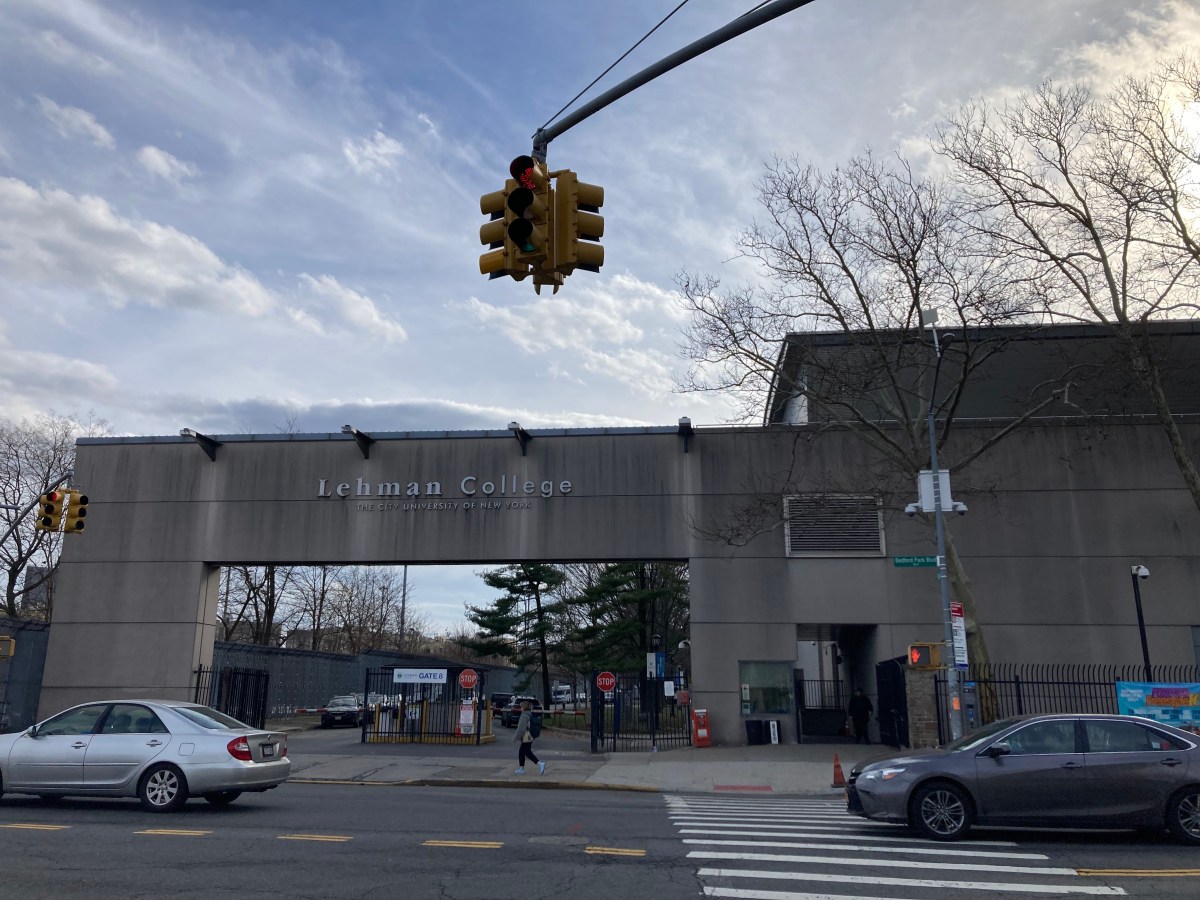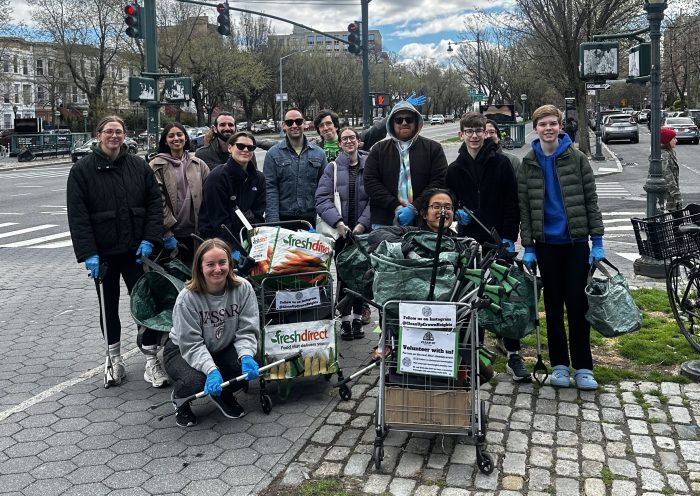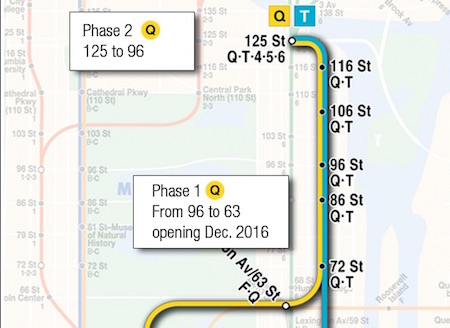
BY JACKSON CHEN | Mayor Bill de Blasio’s October 10 announcement that the city will contribute $2.5 billion to the Metropolitan Transportation Authority’s five-year capital program has averted a threatened slow-down in the already labored birthing of the Second Avenue Subway.
One of the major components of the $26.1 billion capital program is phase two of the overall expansion project, which when completed will span 8.5 miles on the East Side from East Harlem to Lower Manhattan.
The project calls for the construction of a new line, the T, to stretch from East Harlem’s existing 125 Street 4/5/6 station south to a new station, Hanover Square, in Lower Manhattan. Also, the expansion would redirect the Q line’s current configuration that runs from 57th Street to Astoria Ditmars Boulevard to one that runs north from 57th Street to 125th St.
“I think the Second Avenue subway is incredibly important,” said Nick Sifuentes, deputy director of the Riders Alliance, an organization dedicated to bettering New York transit. “There’s overcrowding on the Lexington lines with 1.3 million daily riders… that line needs relief.”
Split into four lengthy phases, the first phase of the project — an expansion of the Q from 63rd Street to 96th Street — is expected to be completed in December of next year.
However, the second phase of the project had faced potential delays with the mayor’s initial offer in his 2016 fiscal year budget of only $657 million as the city’s contribution. Expecting $3.2 billion, the MTA chairman and chief executive officer, Thomas Prendergast, threatened delays for project’s second phase north of 96th Street to 125th Street.
Moving past the funding disagreements, the mayor’s office more than tripled its original offer to $2.5 billion for the capital program, in addition to an $8.2 billion contribution that Governor Andrew Cuomo announced from the State of New York.
“Our transit system is the backbone of New York City’s, and our entire region’s, economy,” de Blasio said in a written statement. “That is why we’re making an historic investment — the city’s largest ever general capital contribution— while ensuring that NYC dollars stay in NYC transit, and giving NYC riders and taxpayers a stronger voice.”
According to MTA spokesperson Adam Lisberg, the additional funding ensures the agency is able to start work on the new line’s second phase.
“In the next five years, we can finish designing and planning what the next phase will look like,” Lisberg said. “We’ll acquire any necessary properties and hopefully actually get some shovels in the ground and start work.”
Explaining that the initial phase two work would run about $1.5 billion, Lisberg voiced the MTA’s gratitude for governor’s $8.2 billion and the mayor’s $2.5 billion. Since the city’s contribution is $700 million less than what the MTA was expecting, however, Lisberg said they’re still working on reducing costs through better efficiencies that wouldn’t affect the scope of the project.
He explained that the MTA was looking into allowing companies to bid on both the design and construction of specific parts of the project and giving them greater flexibility for innovative methods in how they execute their work. The agency plans to reveal their budget reductions during its October 28 board meeting.
Outside the Second Avenue subway expansion, the capital program also includes a glut of other improvements, including restorative work and new technology. The MTA plans to purchase 1,000 new subway cars, 1,400 new buses, and introduce a new signal system that would allow trains to run more efficiently, according to Lisberg.
The agency, he said, is also exploring a “tap and go” fare system with credit cards or key fobs that would spell the obsolescence of MetroCards.
The MTA appears satisfied that the support from the city and state has secured its capital program through 2019.
“With the agreement on the largest capital program ever committed to the future of the MTA,” Prendergast said in a written statement, “we take a giant step toward making sure that this one-of-a-kind jewel of a system will continue doing what it must — keeping New York and the region moving, and moving ahead.”
Sifuentes said that the Riders Alliance is not yet satisfied its advocacy on the Second Avenue project is complete. He said the organization would be staying on top of the governor and the mayor to make sure they follow through, while also making sure that the MTA uses the dollars properly once they get the funds.










